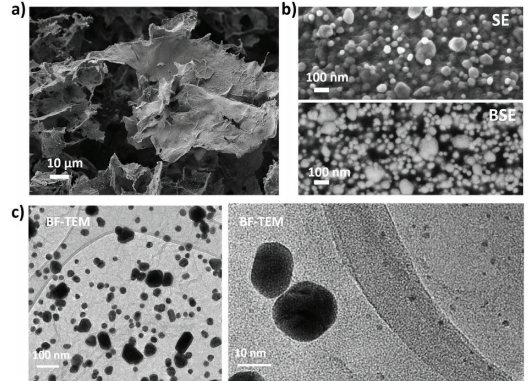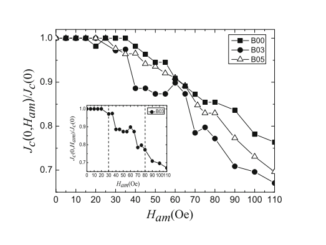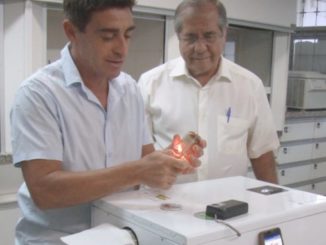
Graphenic Aerogels Decorated with Ag Nanoparticles as 3D SERS Substrates for Biosensing
Abstract: A versatile and efficient surface‐enhanced Raman scattering (SERS) substrate based on a hybrid aerogel composed of reduced graphene oxide (rGO) decorated with silver nanoparticles (AgNPs), suitable for highly sensitive label‐free detection of chemical and biological species, is presented. The simple and low‐cost one‐pot hydrothermal synthesis allows obtaining of a 3D nanostructured spongy‐like matrix that shows good spatial distribution of Ag nanoparticles in intimate contact with rGO flakes, characterized by means of several morphological, structural, and compositional techniques. The nanostructured material, tested by SERS analysis with both rhodamine 6G (R6G) and 4‐mercaptobenzoic acid (MBA), shows a satisfying SERS efficiency, quantified in terms of minimum detectable concentration of 10−10 and 10−7 m , corresponding to on‐ and off‐resonant excitation, respectively. The versatility of chemical/biochemical functionalization is successfully demonstrated by exploiting different routes, by immobilizing both protoporphyrin IX (PRPIX) and hemin (H) that take advantage of π−π non‐covalent bonding with the graphene layers, as well as thiol‐ended oligonucleotides (DNA probes/aptamers) directly grafted on the AgNPs. Finally, after the successful integration of the hybrid aerogel into a microfluidic chip, the biorecognition of miR222 is obtained demonstrating the reliability of the aerogel substrate as SERS platform for biosensing.
Author(s): Biasotto, G; Chiadò, A; Novara, C; Fontana, M; Armandi, Marco ; Zaghete, MA; Giorgis, F ; Rivolo, P
Part. Part. Syst. Charact
Published: 05 June 2020




